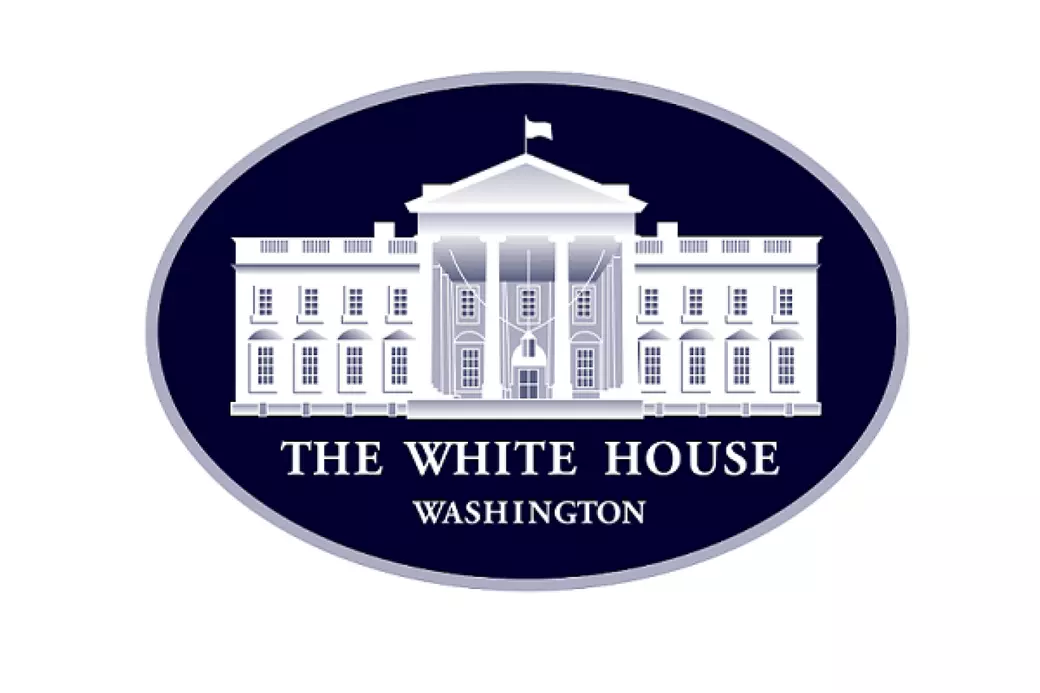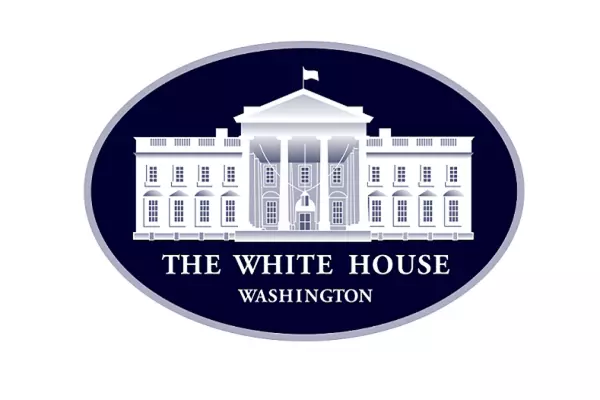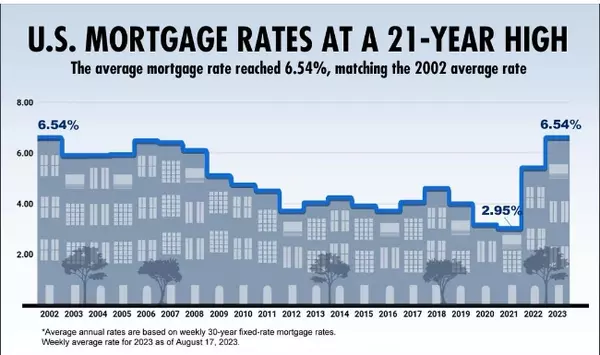Emergency Price Relief

In a significant move aimed at addressing the escalating concerns surrounding the housing market, the White House has released details of a new memorandum focused on emergency price relief. This announcement comes as both buyers and sellers find themselves navigating an increasingly volatile real estate landscape.
For buyers, the current market conditions have been nothing short of challenging. With home prices soaring to unprecedented levels, many prospective homeowners are finding it difficult to secure properties within their budget. The memorandum introduces several measures designed to alleviate these pressures. One key aspect is the provision of financial assistance programs for first-time homebuyers. These programs aim to lower entry barriers by offering down payment assistance and more favorable loan terms. Additionally, there is a focus on increasing the availability of affordable housing through incentives for developers to build low-cost homes.
Sellers, on the other hand, are experiencing a different set of challenges. While high property values might seem advantageous at first glance, they can also lead to longer listing times and increased competition among sellers. The memorandum addresses this by proposing tax incentives for sellers who choose to list their properties at or below market value. This initiative is intended to encourage more realistic pricing strategies and reduce the inventory glut that has been driving prices upward.
The real estate news landscape has been abuzz with reactions to this memorandum. Industry experts are cautiously optimistic about its potential impact. Many believe that these measures could help stabilize the market by balancing supply and demand more effectively. However, there are also concerns about the implementation and long-term sustainability of these initiatives. Some analysts argue that while short-term relief is necessary, it must be accompanied by broader structural reforms to ensure lasting stability in the housing sector.
One notable aspect of the White House's plan is its emphasis on collaboration between federal, state, and local governments. The memorandum outlines a framework for coordinated efforts to address regional disparities in housing affordability. This includes targeted investments in areas with particularly high housing costs and support for community-based organizations working on affordable housing projects.
Moreover, the memorandum highlights the importance of transparency and accountability in real estate transactions. It proposes stricter regulations on property appraisals and mortgage lending practices to prevent price manipulation and ensure fair dealings for all parties involved. Enhanced consumer protection measures are also part of this initiative, aiming to safeguard buyers from predatory practices that have exacerbated affordability issues.
While it remains to be seen how these proposals will unfold in practice, the White House's memorandum represents a proactive step towards mitigating some of the most pressing challenges in today's real estate market. For buyers, it offers hope for more accessible pathways to homeownership. For sellers, it provides incentives that could lead to more balanced pricing dynamics. And for the broader real estate community, it signals a commitment to addressing systemic issues that have long plagued the industry.
In conclusion, as details of this emergency price relief plan continue to emerge, stakeholders across the real estate spectrum will be closely monitoring its progress. The ultimate success of these measures will depend on effective implementation and ongoing collaboration among all parties involved. Nonetheless, this initiative marks a pivotal moment in efforts to create a more equitable and sustainable housing market for everyone involved.
Stay tuned for further updates as we continue to track developments related to this important memorandum and its implications for buyers, sellers, and the overall real estate sector.
Categories
Recent Posts











